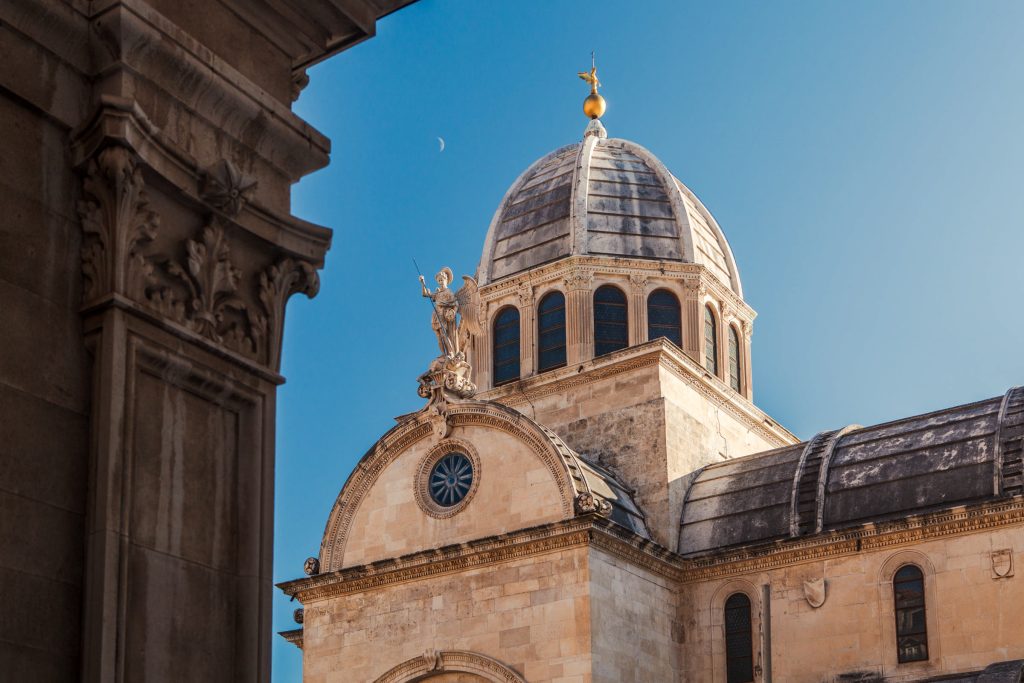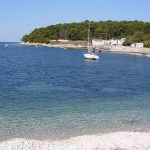It is well known that Croatia is a religious country, and this is not only proven by yearly demographic statistics but also manifested through its great religious heritage throughout its history. While I wish I could have visited more destinations in Croatia to date, one thing I can say for sure is that each of the ones I’ve visited has a very symbolic church or cathedral. It is certainly something that motivates you to get to know them all, not only for religious tourism but also for their historical and architectural value.
There are definitely too many to list in one article. For this reason, Total Croatia News presents you with an initial list of five Croatian churches and cathedrals that you should know about, and they are surely some of the most important in the country.
Zagreb Cathedral
When one searches for images of Croatia on the internet, Zagreb Cathedral always appears even alongside hundreds of photos of popular Croatian islands and beaches. In short, it is one of the most iconic monuments, not only in the Croatian capital but throughout the country. Zagreb Cathedral, also known as the Cathedral of the Assumption of Mary, is located in the Kaptol district, in the upper part of the city. Until not long ago, the Roman-Catholic cathedral was not only the second tallest building in Croatia but also the most monumental sacral building in Gothic style southeast of the Alps.
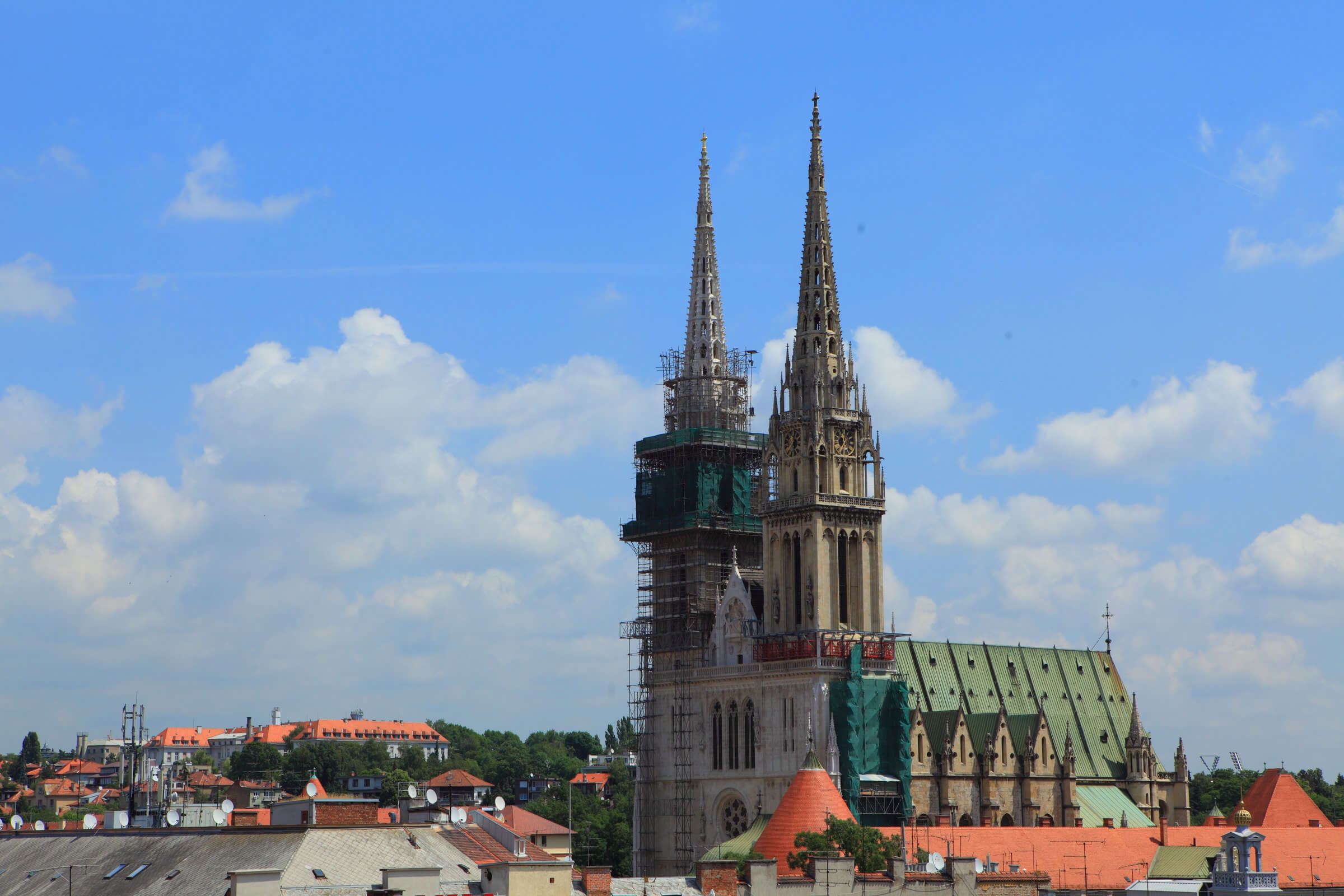
Photo: Mario Romulić
Something fascinating about the Zagreb Cathedral, and something you will see for yourself on your next visit to the Croatian capital, is that its two tallest towers are visible from almost anywhere in the city, making one wonder if it was intentional or a great coincidence. The Zagreb Cathedral requires constant renovation due to the quality of its stone, and it is also worth mentioning the damage it suffered due to the earthquake in March 2020. However, it remains in its place, making it a symbol of resilience for the city’s inhabitants.
Cathedral of Saint Domnius, Split
Right in the heart of Diocletian’s Palace is the Cathedral of Saint Domnius or Sveti Duje. It is an architectural complex that includes the church built on the mausoleum of the Roman Emperor Diocletian, and a bell tower. The church is dedicated to the Virgin Mary, and the bell tower to Saint Domnius, patron saint of the city of Split. The church was built around the turn of the 7th century AD and is considered to this day to be one of the oldest Catholic cathedrals still in use in its original structure.
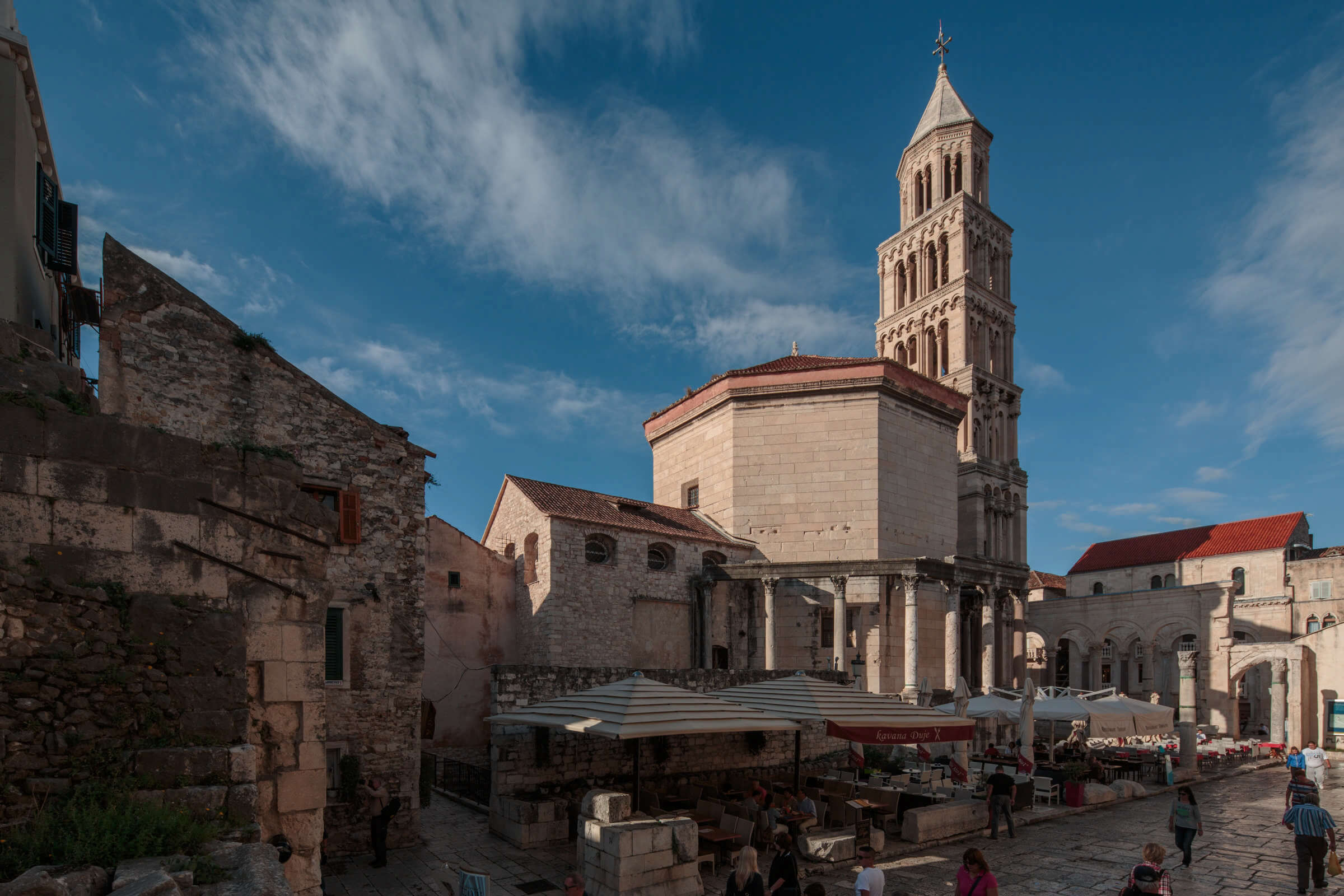
Photo: Mario Romulić
Perhaps one of the most striking curiosities about the Cathedral of Saint Domnius is that, as mentioned above, it was built on the mausoleum of the Roman emperor Diocletian, who had his palace built in Spalato, today Split, after his time as emperor ended. Diocletian was an emperor known for, among many things, having perpetuated the last great persecution of Christians by the Roman Empire, resulting in the destruction of churches, as well as numerous executions and torture. The irony was that, sometime later, a church was built on top of his grave.
Cathedral of Saint Anastasia, Zadar
One can find several churches and religious monuments from different eras in the center of Zadar’s Old Town, but Saint Anastasia’s Cathedral, also known as Zadar Cathedral, is a must-see. Not only does it draw anyone’s attention due to its visible monumentality, but it is also the largest church in all of Dalmatia. When it was built? Although its origins date back to a Christian basilica built in the 4th and 5th centuries, most of its current structure was built in a Romanesque style during the 12th and 13th centuries.
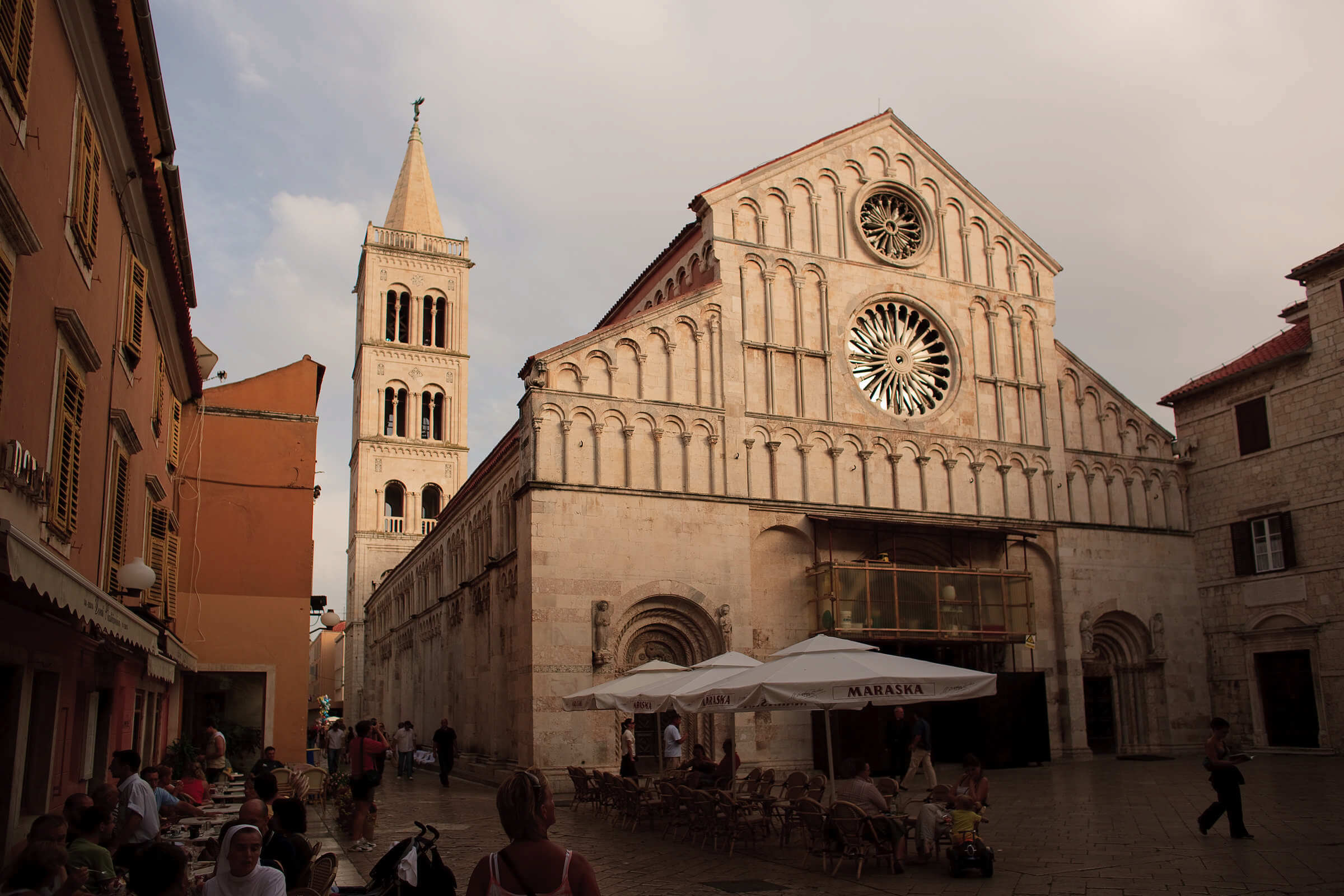
Photo: Mario Romulić
The Cathedral of Saint Anastasia in Zadar is currently on a tentative list to become a UNESCO world heritage site. The architectural complex of the cathedral consists of a church and a bell tower. Throughout history, Zadar Cathedral has been damaged by bombing, most recently in 1943. In 2003, Pope John Paul visited the cathedral on one of his last international trips.
Saint James Cathedral, Sibenik
There is no need to be modest when we talk about the Cathedral of Saint James in Šibenik. Go ahead, ask anyone and they will tell you that this is the most beautiful building in all of Croatia. Much works in its favor, such as its great location in the old town of Sibenik. But in the end, it is its imposing architecture and its white marble color from the island of Brač that make it a symbolic landmark. Its construction began in 1431 and was completed in 1535.
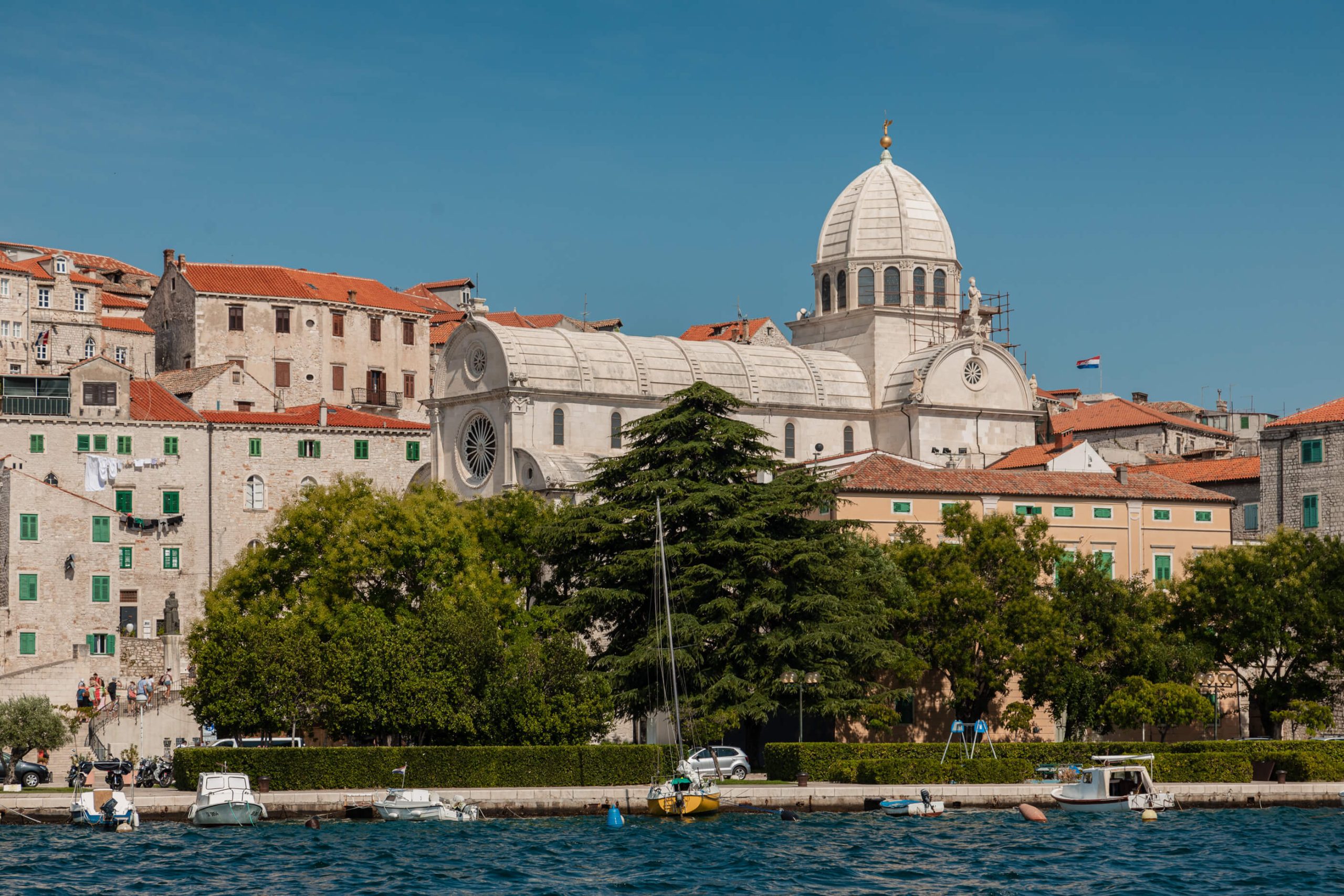
Photo: Mario Romulić
St James’s Cathedral, also known as the Sibenik Cathedral, deserves all the recognition it gets. Not only is it considered the most significant Renaissance work in all of Croatia, but it has also been a UNESCO World Heritage Site since 2000. The cathedral was designed as a triple-nave Catholic basilica with three apses and a dome (32 m high inside). Like other Croatian cathedrals, Sibenik Cathedral was heavily damaged by Serb-backed JNA forces during the bombing of Sibenik in 1991, but in just a few years it was repaired and there is no visible damage to this day.
Saint Vitus Cathedral, Rijeka
If you have seen a 100 kuna bill, you have seen the Saint Vitus Cathedral in Rijeka. The government’s choice to feature the official Croatian currency is understandable, even ahead of other symbolic buildings in the country. The Rijeka Cathedral is a true beauty, and it is located in the center of the city, just 150 meters from the busy Korzo. What is most striking is how different it is from the rest of the Croatian churches and cathedrals, as it is not so much in the shape of a basilica, but more of a rotunda with Baroque and Gothic elements.
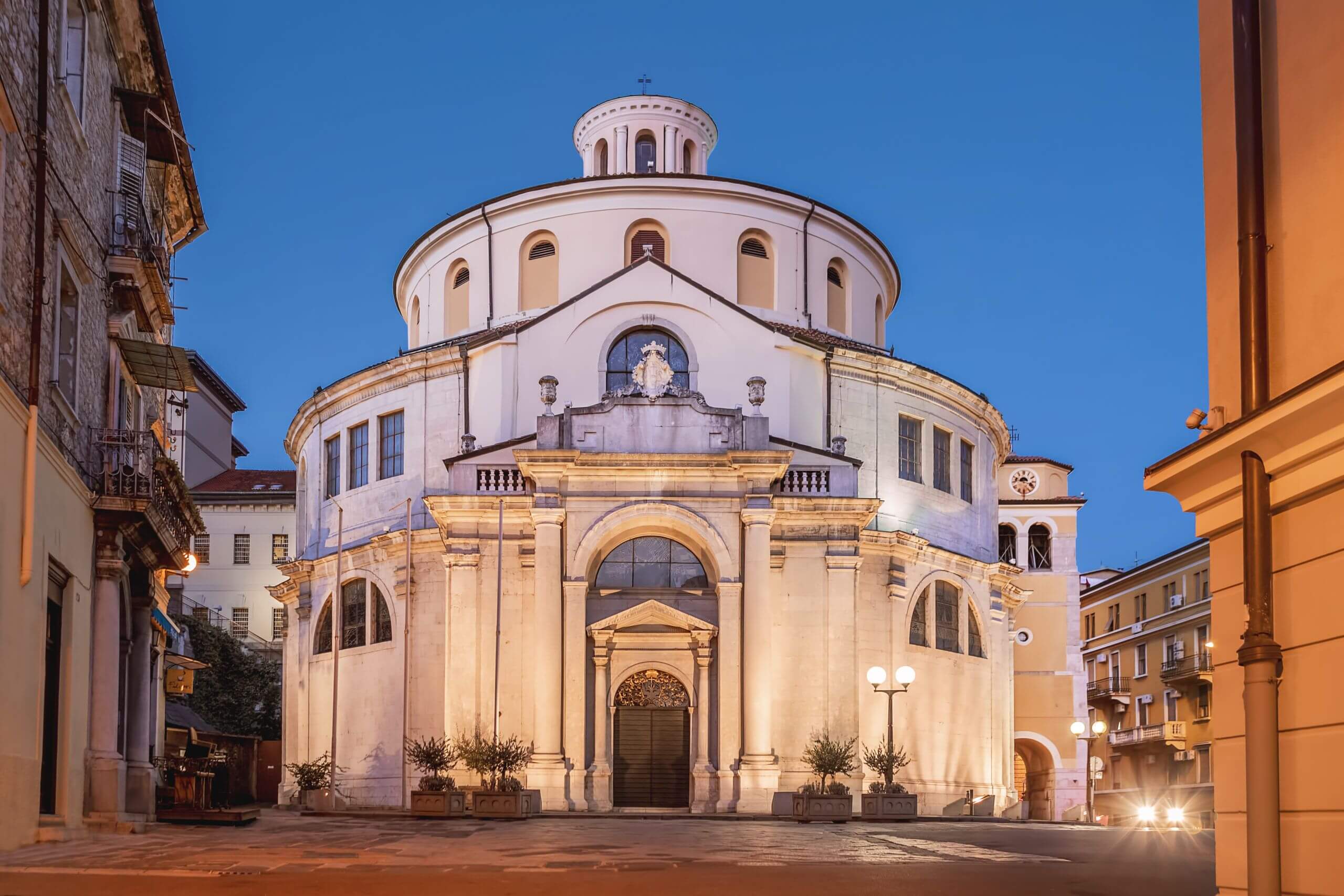
Image: Rijeka Tourist Board
Seeing it on the 100 kuna note is not enough, and on your next visit to the historic city of Rijeka, you must definitely see this architectural gem with your own eyes. It was constantly renovated throughout history, but its structure as we can see it today was completed in 1638.
For more on travel in Croatia, as well as more on Croatian churches, cathedrals and other landmarks, follow TCN’s dedicated page.

